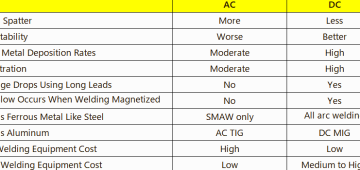While TIG is typically only used on very thin metals, it has a wide range of applications for both hobbyists and professionals. AC/DC welders are ideal for multiple uses around the home such as pipework, joint work, and automotive repairs, making it an essential piece of kit for DIY enthusiasts.
Delivering reliable and consistent performance, an AC/DC welder is a versatile machine for both hobbyists and professionals alike. An AC/DC welder gives you flexibility overall power and time controls while the option to use an alternating or direct current means you can better work with a wider range of metals and thicknesses.
Features of AC/DC TIG welders include variable current settings, upflow / downflow, foot pedal, and an array of time controls – plus all the different consumables and accessories you can use too. All of these features in one welding machine gives you much more versatility in the types of welds you can create and the metals you can work on. There are few welding machines more flexible than AC/DC welders.
What metals can I weld with an AC/DC TIG welder?
An AC/DC TIG welder can be used to create high-quality welds with aluminum, stainless steel, carbon steel, copper, titanium, nickel alloy, and more.
Being able to choose between alternating and direct current gives you convenience and flexibility in one machine. Alternating currents achieve greater penetration and is a good choice for thinner, more delicate pieces. A direct current creates an intense arc that is capable of melting harder metals like steel and titanium.
TIG is one of the most versatile and high-quality welding processes and being able to master it opens up a whole world of potential.

AC Polarity Qutout DC Polarity Output
Where is aluminum welding used?
It may be more challenging to master, but aluminum welding is well worth learning if you want to pursue a welding career. Being an alloy, aluminum is combined with a range of different metals like silicon, magnesium, and zinc, to produce different mechanical properties. These are each indicated by a numerical code like 3xx, 4xx, 7xx, and so on.
In the real world, this means aluminum welding is used in aerospace, infrastructure, and the marine, industrial, automotive, construction industries. It is part of the fabric of our civilization. Learning to weld aluminum opens up an entire world of career possibilities.

Non-touch Ignition HF TIG Welding
How to TIG weld aluminum
Aluminum alloy poses quite a few challenges. It disperses heat quickly, which can lead to distortion in the workpiece if you hold the torch still for too long. It’s also prone to ‘blow through’ where the metal simply melts away under a too-powerful arc. Oxidization – where the surface layer of the aluminum melts into the weld pool – can also be an issue if the heat isn’t set correctly.
Achieving this balance, as well as controlling the foot pedal, electrode, and filler rod is why aluminum has earned its tricky reputation.
Before even beginning to weld aluminum, you need to make sure it is thoroughly clean. Any contamination can cause oxidation so give the workpiece a good scrub with a wire brush and de-grease it if necessary.
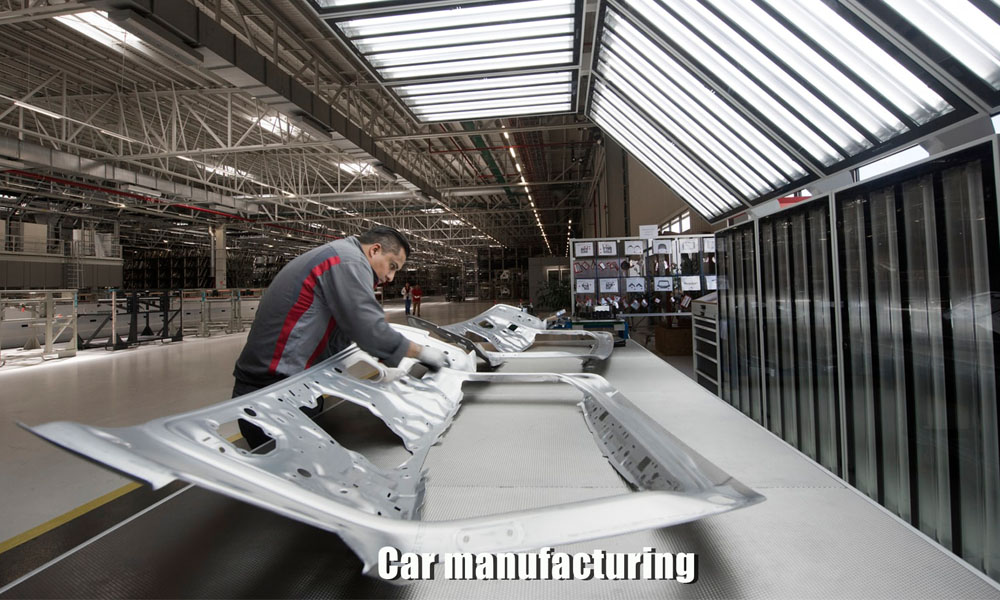
TIG weld aluminum
An alternating current (AC) is better suited for delicate metals like aluminum as the heat is less intense. It can leave the finish looking a little rough though – yet another reason why aluminum is famous for being tricky.
A high frequency (contactless) start is best. In the vast majority of cases, argon is the shielding gas used. When TIG welding we usually have a pointed tungsten electrode but with aluminum, a slightly rounded tip works best. In the past, this had to be done manually, but when using a welder with an IGBT inverter there is no need. When welding aluminum on alternating current, the typical range is 25-35 A/C balance. At this level, the tungsten will naturally ball a little. This provides the best of both worlds: the tungsten is pointed enough for accuracy, while the slight balling makes for a stable arc cone.
The best way to learn how to weld aluminum is to practice – and use the right equipment. In addition to the right welding machine, the accessories you use will all depend on the type of aluminum alloy you’re welding. For example, the TIG filler rod should be matched to the grade of aluminum. Bear the thickness of the aluminum in mind too – use a thicker rod for thicker workpieces.
Which is the best process for welding aluminum?
Aluminum is usually TIG-welded, though MIG is another relatively common option. Aluminum is prone to warping and burn-through, so extra care must be taken to avoid damaging the metal.
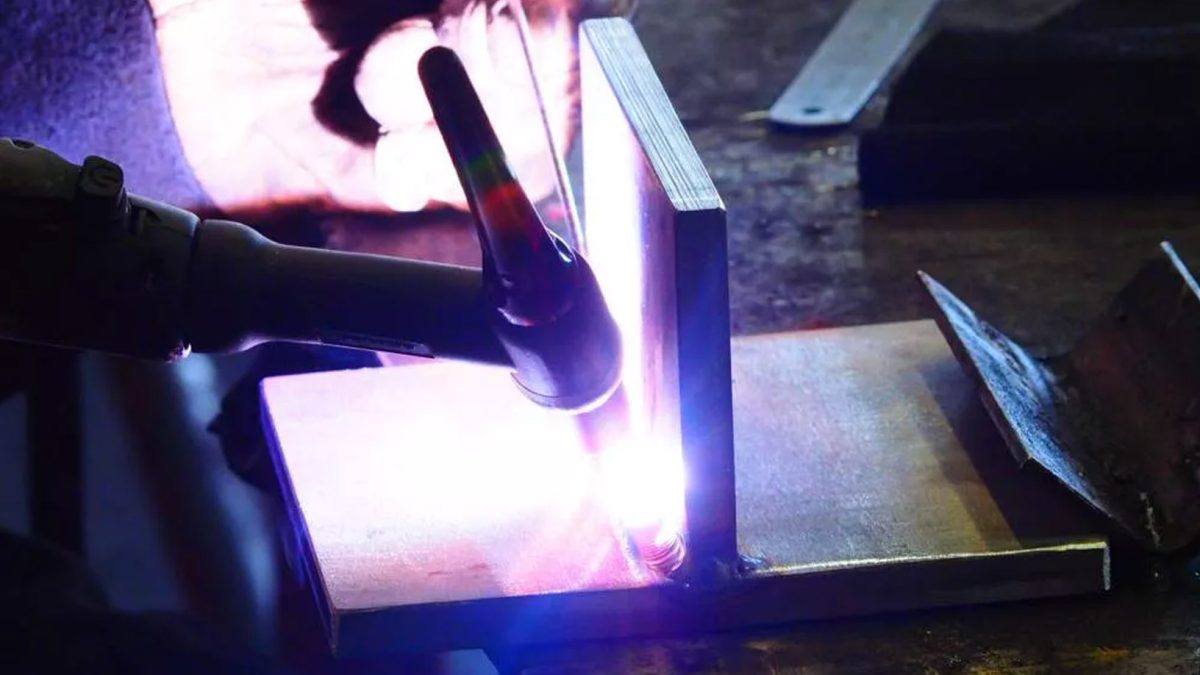
How to seal aluminum joint welds
In this picture, the welder is seeing their welds getting progressively larger, and will eventually burn through. This is a result of the material getting hotter and the welder isn’t backing off the amps or moving their torch head away slightly.
In addition to properly preparing the metal with a good clean and degrease, a slow build-up to the heat via upslope time control can help lessen any damage to the metal as you practice.
The PowerWelds TIG 200P AC/DC welder is a great unit for welding aluminum. It includes features and technology to make welding aluminum – and other metals – easier. Let’s check it out:
PowerWelds 200Amp AC/DC TIG Aluminum Welder With Pulse
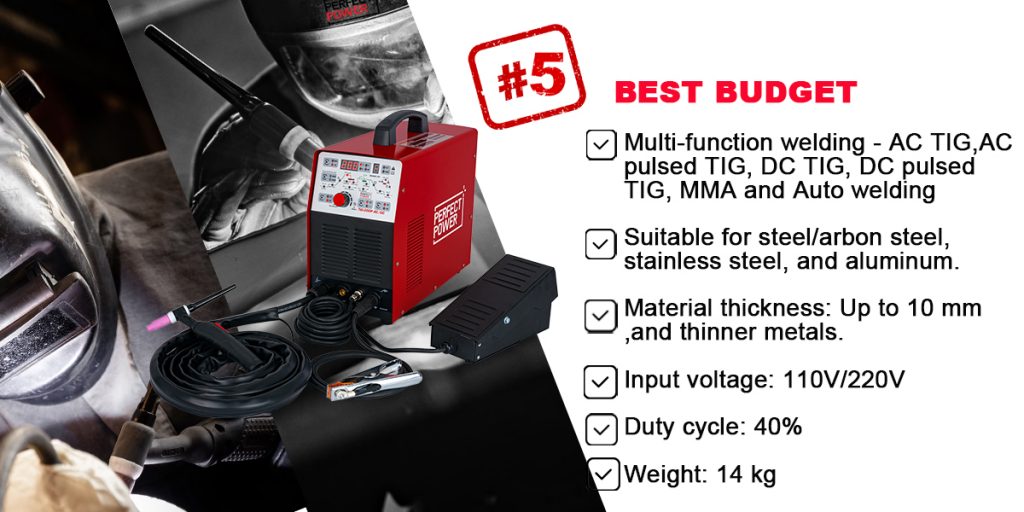
The TIG200P AC/DC TIG welder provides 200 amps of alternating or direct current with TIG or MMA function. Designed with the modern welder in mind, this welder gives the user complete control with advanced features and technology, and durable design.
- Includes MMA (stick) function
- Upslope / downslope time controls
- Amp control via foot pedal – remote control available
- Real-time display
- Multiple welding and torch control modes
- Optional VRD for added safety when in idle mode
- High-frequency start
- IGBT inverter technology
- AC Squarewave for accurate aluminum welding
- Pulse current control
TIG welding is about accuracy. The TIG 200P AC/DC welder includes everything you need to weld a range of metals including aluminum, steel, nickel alloy, titanium, copper, etc.
Built for welding life
The TIG 200P AC/DC welder is built for heavy-duty. A smooth, shaped design gives the machine a less ‘bulky’ feel, while the exterior is built to withstand the knocks of everyday life. Sat in the shop or going out and about on the job, this hard-wearing TIG welding machine is built for reliability. Built-in safety measures automatically cut off the machine where abnormalities in current, heat, and voltage are detected, protecting the equipment. The unit is insensitive to temperature and humidity, guaranteeing consistency all year round.
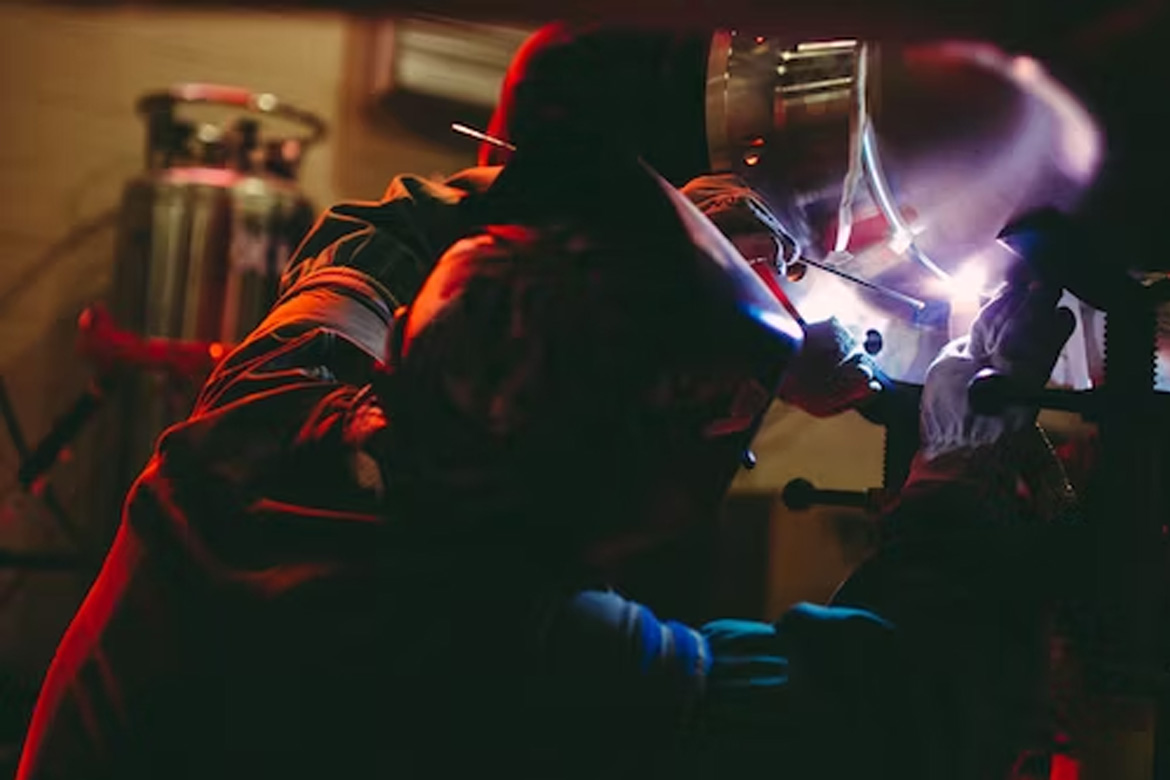 TIG AC/DC aluminum welding results
TIG AC/DC aluminum welding results


